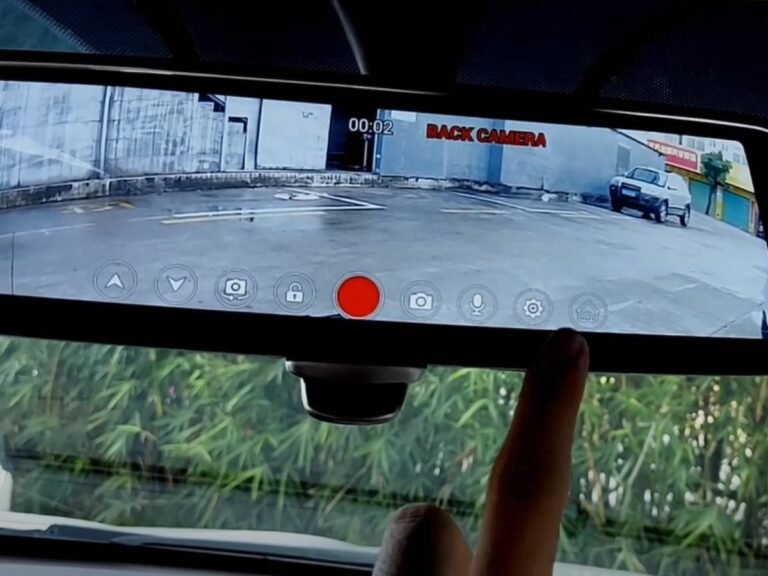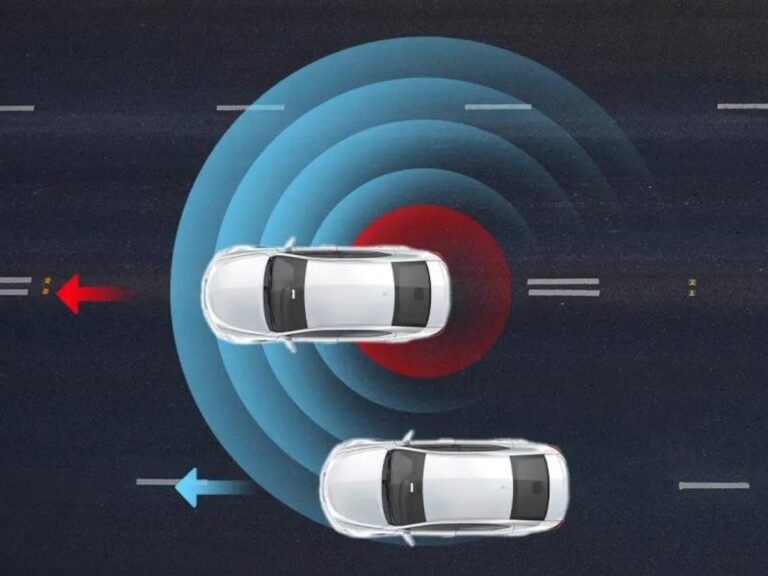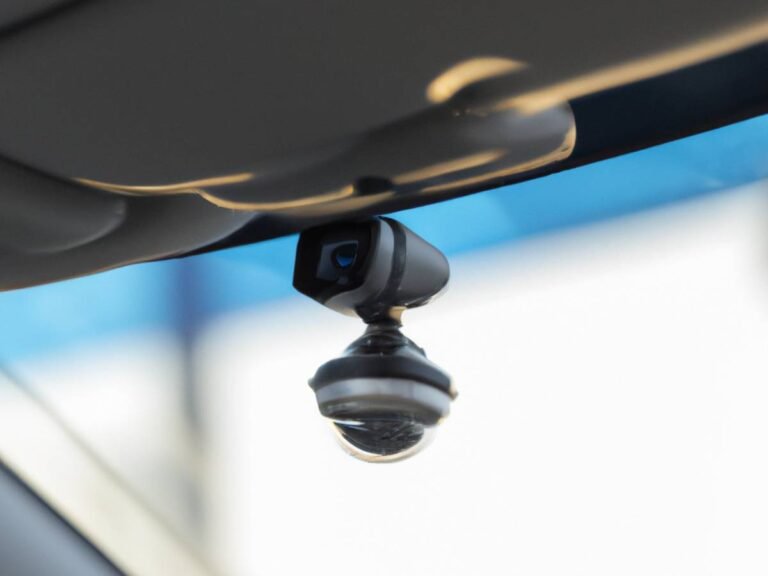G Sensor Dash Cam: What Exactly Is It?
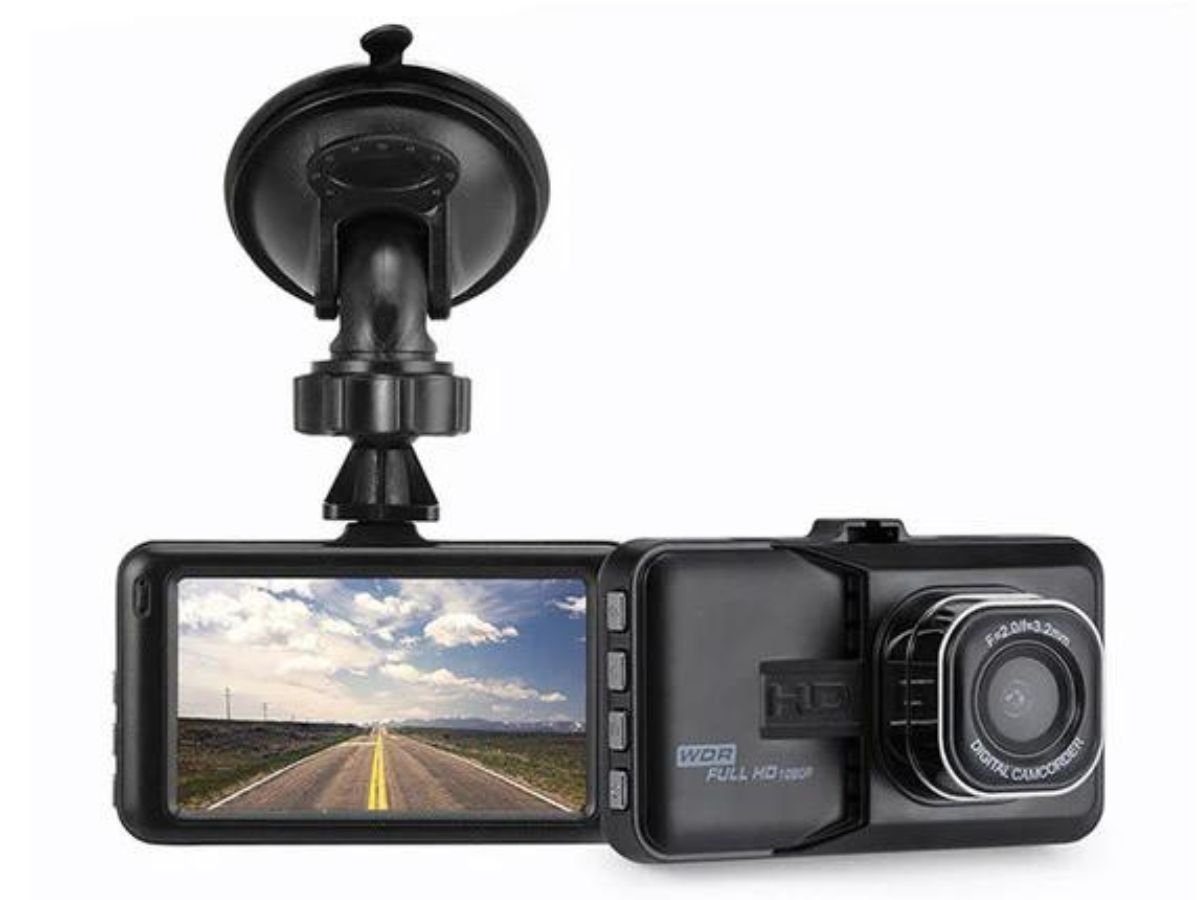
The G sensor dash cam is a device that allows the cameras to instantly record an accident. If the memory is full, the G sensor automatically overwrites unnecessary and old footage. Furthermore, this feature is available in most dash cameras in the market. That’s due to its increased demand in modern traffic.
Does your dash camera have a G sensor? If not, you might want to switch it. That’s because a G sensor dash cam offers significantly more benefits. Don’t know much about it? There’s no need to worry. Let’s cover this device extensively in this comprehensive guide!
What Is a G Sensor Dash Cam?
A G Sensor dash cam is also known as an accelerometer dash cam. It is a type of dashboard camera equipped with a G sensor. The G sensor is a crucial component that detects sudden movements or impacts, such as hard braking, sharp turns, or collisions.
When these abrupt changes in motion are detected, the dash cam automatically starts recording and saves the footage. It ensures that critical moments are captured and protected.
Dash cams with G sensors are designed to provide additional security and peace of mind for drivers. They continuously monitor the vehicle’s movements and ensure that any significant event is documented.
They even continue their operations when the driver might not be able to react quickly enough to manually start recording.
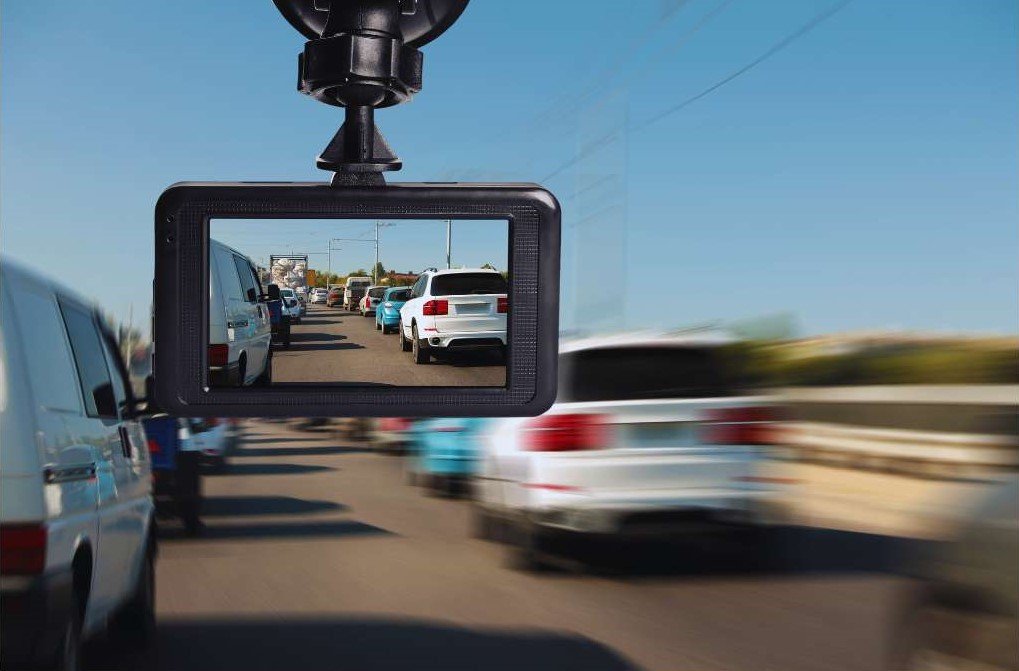
Importance of a G Sensor Dash Cam
The inclusion of G sensors in dash cams significantly enhances their functionality and reliability. Here are some key reasons why a G sensor dash cam is important for today’s traffic:
1. Accurate Event Detection
G sensors can precisely detect sudden changes in motion. Those are often indicative of accidents or other critical events. It ensures that relevant footage is recorded and saved without any manual intervention.
2. Automatic File Protection
When a G sensor detects a significant impact or abrupt movement, it triggers the dash cam. This way, it can save the current recording and protect it from being overwritten. It is crucial in preserving evidence in case of an accident, and providing vital information for insurance claims or legal proceedings.
3. Enhanced Safety
By recording incidents automatically, G sensor dash cams contribute to overall road safety. They encourage safer driving habits, as drivers are aware that their actions are being monitored and recorded.
4. Insurance Benefits
Many insurance companies recognize the value of dash cam footage in resolving claims quickly and accurately. A G sensor dash cam can provide indisputable evidence of events leading up to an accident, potentially leading to lower insurance premiums and faster claim settlements.
5. Peace of Mind
Knowing that your dash cam is equipped with a G sensor and can automatically capture and protect footage during critical moments provides peace of mind. Drivers can focus on the road, confident that their dash cam is ready to document any unexpected events.
How Does a G Sensor Dash Cam Work?
A G sensor, or accelerometer, is an essential component in modern dash cams. It measures the force of acceleration and detects changes in velocity and direction. G sensors operate on the principle of inertia. It uses microscopic crystals that generate voltage when subjected to force. This voltage change is measured and interpreted as acceleration.
G sensors are highly sensitive and can detect even the slightest changes in motion. They are calibrated to recognize different levels of force, making them ideal for applications in dash cams. That’s where detecting sudden movements or impacts is crucial for capturing important events on the road.
How Can a G Sensor Dash Cam Detect Sudden Movement?
G sensors continuously monitor the vehicle’s movements and detect any abrupt changes in speed or direction. When the sensor registers a sudden force, such as a collision, hard braking, or a sharp turn, it recognizes this as an unusual event.
The sensor then sends a signal to the dash cam’s processor to start recording immediately. This ability to detect sudden movements ensures that critical moments are captured.
Understanding G Sensor Dash Cam Activation
When a G sensor detects a significant force, it triggers the dash cam to start recording automatically. This is vital in situations where the driver may not have the time or presence of mind to manually activate the camera.
The recorded footage is typically saved in a protected file, preventing it from being overwritten by subsequent recordings. This automatic activation and file protection mechanism ensure that key moments are not lost, providing reliable evidence for insurance claims or legal disputes.
Most dash cams with G sensors offer adjustable sensitivity settings, allowing drivers to customize how the sensor responds to different levels of force. Sensitivity can usually be set to low, medium, or high, depending on the driving environment and personal preferences.
- Low Sensitivity: Ideal for smooth driving conditions where minor bumps or vibrations are less likely to trigger recording.
- Medium Sensitivity: Suitable for everyday driving, balancing between detecting significant events and avoiding false triggers.
- High Sensitivity: Best for environments with frequent stop-and-go traffic or rough roads, ensuring that even minor impacts are recorded.
Customizing the sensitivity settings allows drivers to tailor the dash cam’s performance to their specific needs. That ensures accurate detection and reliable recording in various driving scenarios.
Key Features Of a G Sensor Dash Cam
Here are the primary features of a G sensor dash cam:
High-Resolution Video Recording
High-resolution video recording is a crucial feature of G sensor dash cams. Clear and detailed footage is essential for accurately capturing incidents on the road. High-quality video ensures that critical details, such as license plate numbers, road signs, and the faces of drivers or pedestrians, are clearly visible.
Loop Recording
Loop recording is a key feature that allows dash cams to record continuously by overwriting the oldest footage once the storage capacity is full. Storage options typically include internal memory, SD cards, or cloud storage, depending on the dash cam model.
Night Vision
Night vision is an essential feature for dash cams, as many accidents occur in low-light conditions. Effective night vision ensures that the dash cam captures clear and usable footage even in the dark, providing reliable evidence regardless of the time of day.
GPS Integration
GPS integration adds significant value to dash cams by providing real-time location and speed data. This information can be crucial in reconstructing events during an incident, proving your speed and location at the time of an accident. It can also provide overall context to the recorded footage.
Conclusion
A G sensor dash cam can be a smart decision to invest, especially for today’s traffic. These advanced dash cams offer a range of features that provide comprehensive protection and peace of mind. With high-resolution video recording, you can capture clear and detailed footage of any incident.
Loop recording and storage management ensure continuous recording, while the G sensor saves important events automatically, preventing the loss of vital evidence. By choosing a dash cam with these key features, you are equipping yourself with a powerful tool that not only enhances your safety but also provides valuable evidence.


